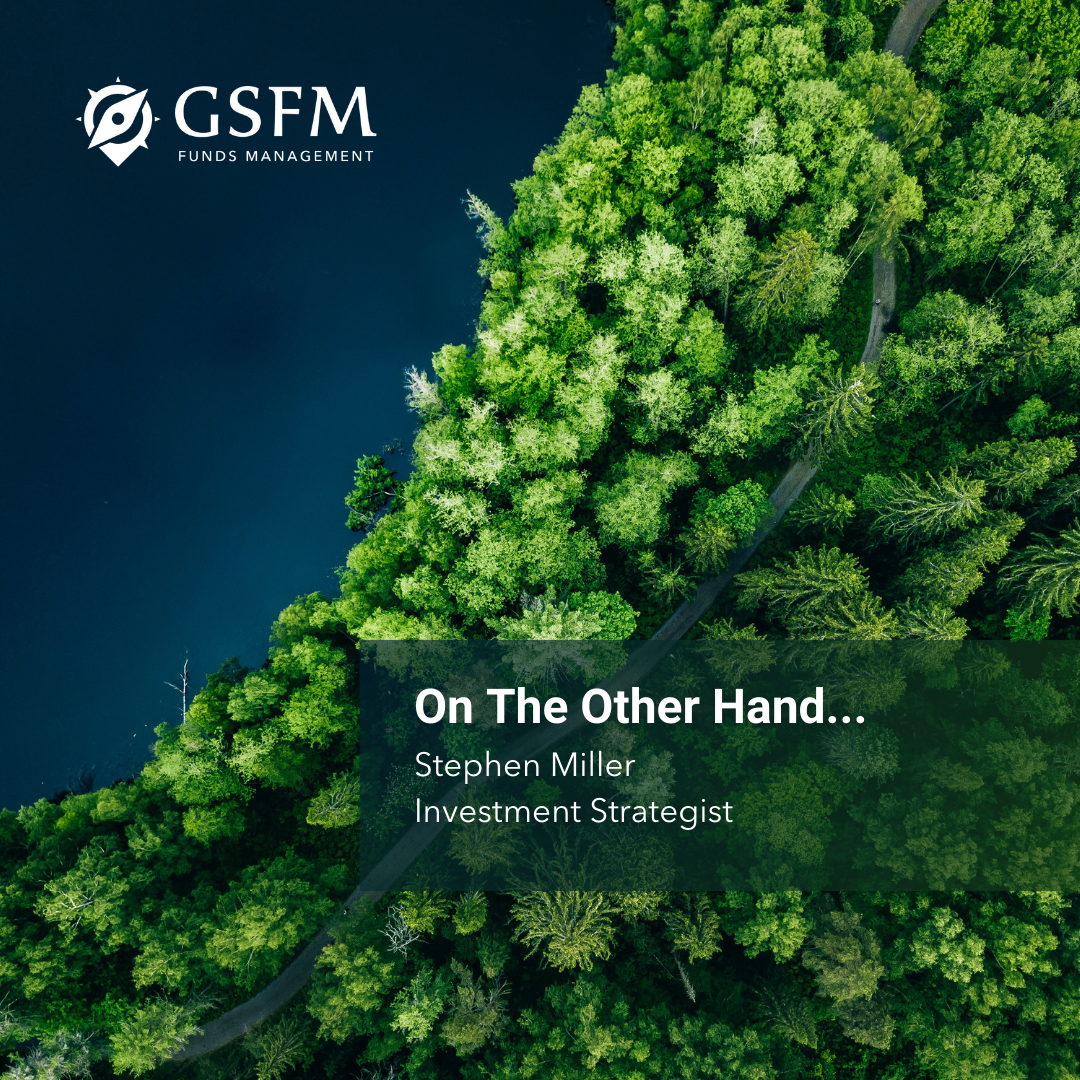The Reserve Bank of Australia (RBA) Board will almost certainly leave the policy rate unchanged when it meets tomorrow.
There is also little prospect of a change in messaging from the “not ruling anything in or ruling anything out” mantra that the Governor has adopted.
In the wake of the data flow since the Board last met, that seems appropriate.
Inflation remains stubbornly high. The April monthly consumer price index (CPI) indicator exhibited ongoing “stickiness”, as did the price and labour cost indicators contained in the NAB May Monthly Business Survey released last Tuesday.
Those indicators are suggestive of some upside risk to the RBA’s May CPI inflation projection, which was itself revised upward from February.
Perhaps slightly offsetting that risk is the fact that the March quarter accounts went some way to alleviating concerns regarding productivity and unit labour cost growth, with the latter showing an annualised growth rate of just under 3 per cent in the six months to March.
The labour market looks to have remained in satisfactory shape. The unemployment rate at 4 per cent is pretty much in line with the May RBA projections and probably a little below what might be thought of as “full employment”.
There is, however, some suspicion that the labour market is fragile given weak activity indicators. The March quarter national accounts affirmed the notion that activity growth is weak.
And the Board has in the past expressed concern that tepid activity growth will ultimately be reflected in a softening labour market and (presumably eventually) in declining inflation.
It also indicated it wanted to “avoid excessive fine-tuning” of monetary policy in response to “short-term variation” in inflation. That indicates patience with what it may regard as “noise” in inflation indicators, particularly at a time when weakness in household spending is likely to be reflected in a weakening labour market.
That goes to the heart of the RBA’s dual mandate of inflation at target and minimising unemployment.
It also explains the RBA’s relative tolerance (at least compared to other central banks) of a slower return of inflation to target to try and preserve the gains in the labour market so as to maintain a position as close to full employment as possible.
That is not an easy balancing task.
The Governor has described the balancing act as negotiating a “narrow path”. (Perhaps tightrope walking might be a more fitting metaphor.)
In any case, risks abound.
It is often difficult for the RBA (or indeed central banks in general) to credibly supply financial markets with the certainties they crave. Arguably, in the current environment, uncertainties facing central banks everywhere are unusually elevated.
Some of that uncertainty can be sheeted home to the unique nature of any recovery following on from the pandemic. That was part of an inflation shock that was compounded by the Russia / Ukraine conflict, Middle-East tensions and other geopolitical risks (US and European elections included).
The task of central banks has also been frustrated by counter-productive government policies. Expansionary US fiscal policy following on from the curiously named Inflation Reduction Act is the most egregious example.
In the Australian context, the arrangements attached to wage-setting and industrial relations regulation have complicated the RBA’s task and the Future Made in Australia measures may well do so.
So, this inflation shock is more complicated, and central banks, including the RBA, need to “feel” their way through it.
Having said all that, were there to be a further upside surprise in the June quarter inflation numbers so that the RBA’s (upwardly revised) trimmed-mean consumer price index (CPI) inflation forecast of 3.8 per cent is exceeded, then the August 5-6th RBA Board meeting may well have to consider increasing the policy rate further given the Board’s “limited tolerance for inflation returning to target later than 2026”.
My best guess – and it is just a guess – is that a further hike is unlikely given the likelihood that underlying weakness in activity growth will show through in a weaker labour market and allow a more confident projection of inflation declining toward target.
The most likely scenario is an extended pause in any policy rate adjustment until the RBA is convinced that its current trajectory for the return of inflation to target is secure. That argues for a policy rate cut toward the end of the year or sometime in the first half of 2025.
A sharper than anticipated slowdown resulting in a greater than anticipated dislocation in the labour market may bring the timing forward a little.
But for the time being, monetary policy remains in suspended animation.
Stephen Miller is an Investment Strategist with GSFM. The views expressed are his own and do not consider the circumstances of any investor.





